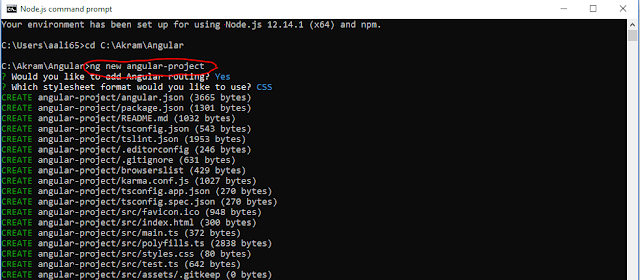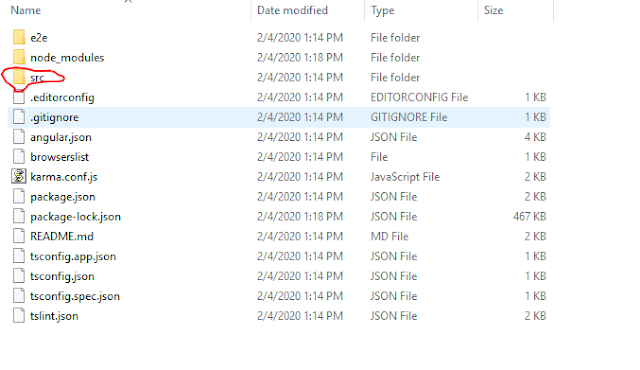The below code shows hot to read the list of resources(files) from a classpath folder and subfolder.
Below is the example code
import java.io.*;
import java.net.URL;
import java.nio.file.Files;
import java.util.*;
public class ReadResourceFiles {
public static void main(String[] args) throws IOException {
List resourceFolderFiles = getResourceFolderFiles("static");
resourceFolderFiles.stream().filter(f -> f.endsWith(".json")).forEach(System.out::println);
}
static List getResourceFolderFiles(String folder) {
ClassLoader loader = Thread.currentThread().getContextClassLoader();
URL url = loader.getResource(folder);
String path = url.getPath();
File file = new File(path);
List files = new ArrayList<>();
if(file.isDirectory()){
try {
Files.walk(file.toPath()).filter(Files::isRegularFile)
.filter(f-> f.toFile().getName().toLowerCase().endsWith(".json"))
.forEach(f -> files.add(f.toFile().getPath()));
} catch (IOException e) {
throw new RuntimeException(e);
}
}else if(file.getName().toLowerCase().endsWith(".json")){
files.add(file.getPath());
}
return files;
}
}














